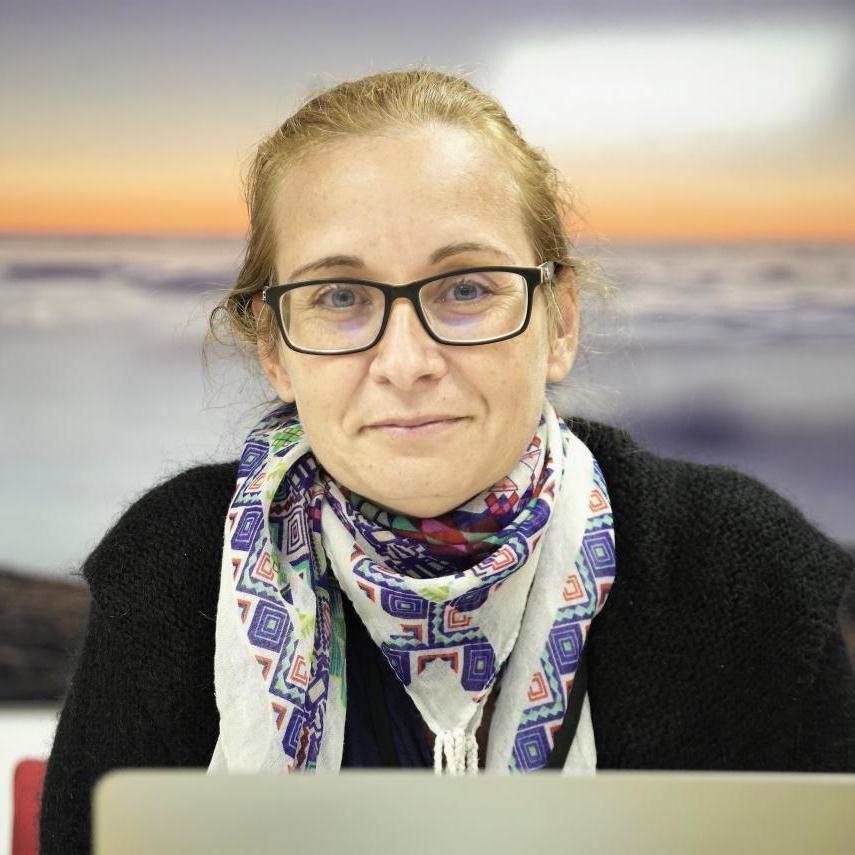“The Canary Observatories have been essential in the advance of the study of nuclear activity in galaxies”

Interview with Omaira González Martín
For astronomers one of the biggest obstacles is the darkness of the Universe itself, above all the darkness caused by the gas and dust which surround active galactic nuclei, or AGN. These nuclei emit a huge quantity of energy produced by the supermassive black hole onto which matter falls at a considerable rate. The accretion processes are fundamental for the evolution of active galaxies. However these nuclei often remain hidden by the dusty structures, called tori, which surround the central black hole. Studying the properties of this circumnuclear dust, the accretion processes, and especially their connection with the evolution of the galaxies in the nearby universe is the main goal of the research which Omaria González Martín is carrying out at the Institute of Radioastronomy and Astrophysics (IRyA) of the National Autonomous University of Mexico (UNAM) at its Morelia Campus. With the aim of coordinating some observing proposals for the James Webb Space Telescope (JWST), due to be launched towards the end of 2021, and to strengthen lines of collaboration with the Instituto de Astrofísica de Canarias (IAC) the researcher has joined the Jesús Serra Visitors’ Programme, an initiative which promotes visits to the IAC by researchers of high international prestige. >> Read the interview



